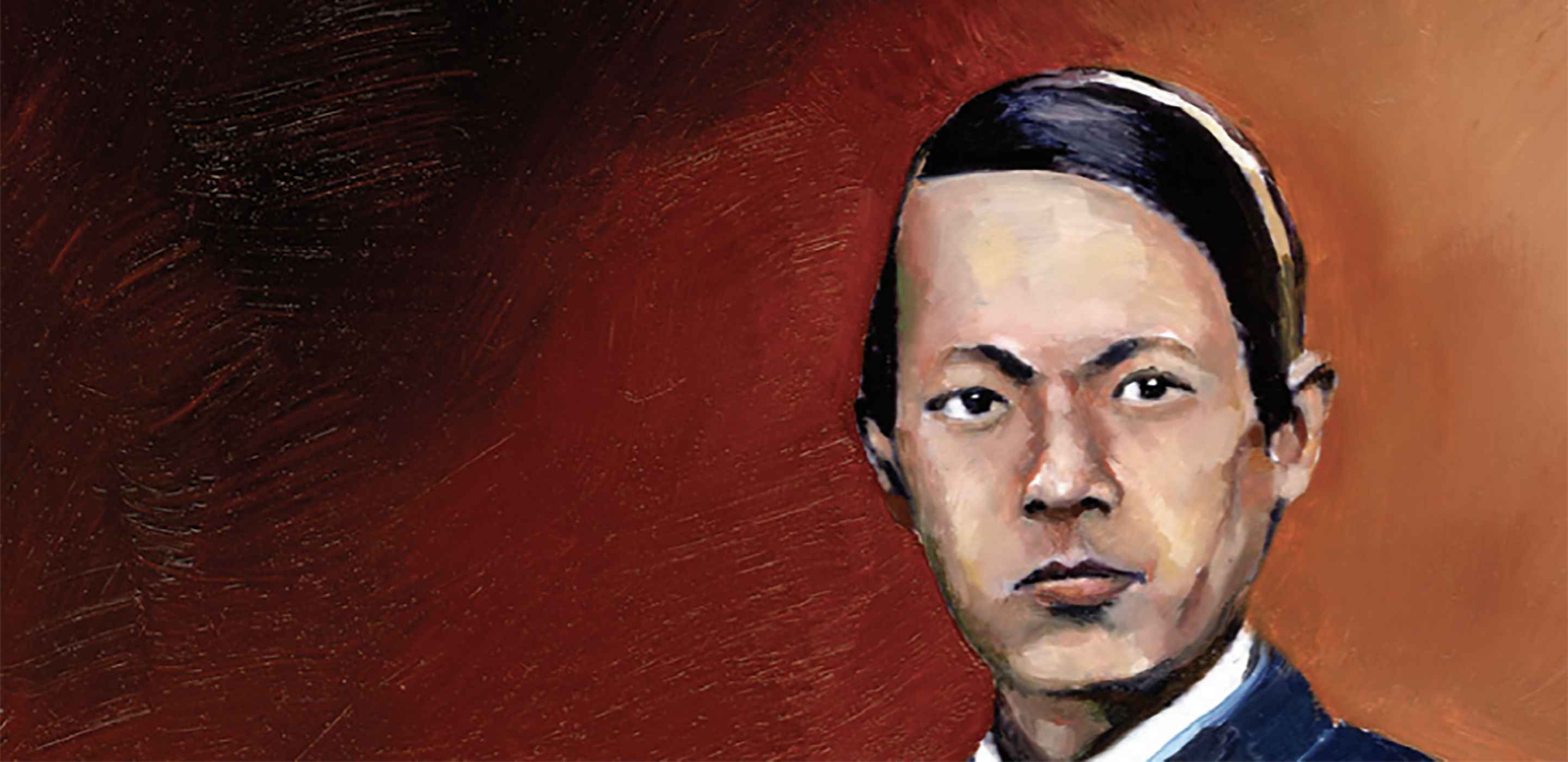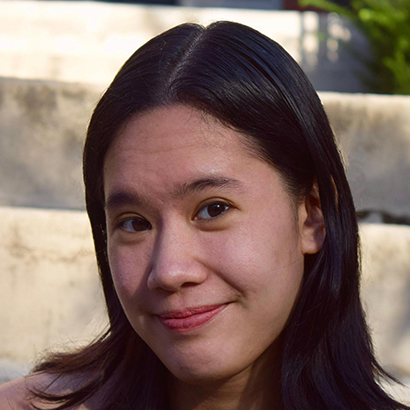
Those Who Served: AAPIs in the Civil War
The promise of citizenship by joining the military during the Civil War was important for Black Americans and the enslaved, as well as for Asians, Asian Americans and Pacific Islanders, who struggled to attain citizenship in their own ways. Amidst the Civil War, AAPIs who were already here in the U.S. and who immigrated to the country during the time period found themselves involved in the conflict.
The AAPI contingency of Civil War infantry in both the Union and the Confederacy included people with origins from: Australia, China (the greatest amount of enlistees), Guam, Hawaii, Indonesia, Japan, Malaysia, Mauritius, Myanmar, New Zealand, Northern Mariana Islands, India (including the highest-ranking Asian to serve in the Civil War, John Banks of the 30th Regiment Connecticut Colored Infantry), the East Indies, Pakistan, the Philippines (including the Manilamen, descendants of Spanish, Cajuns and Native Americans in Louisiana), Polynesia, Samoa, Singapore, Sri Lanka, Tahiti, Thailand, Tonga, the United States (meaning Asian American-born soldiers, the Bunker twins) and other unidentified Asian countries, South Pacific and Pacific Islands.
Why did AAPIs choose to enlist?
Freedom was one major reason to enlist. On July 17, 1862, Congress passed the Militia Act (12 Stat. 597). This act granted citizenship to anyone who served in the military and was honorably discharged. Though it made no explicit reference to race, Asian enlistees were eligible because “anyone” included resident immigrants.
This was a gamechanger. Many of the motivations behind enlisting reflect the needs of native and foreign-born men: to defend their homeland or their adopted country, to attain naturalized freedom promised to foreigners that served, to oppose slavery, even to adventure with friends.
The largest population of Asians to enlist, on both sides of the conflict, became involved in the Navy forces, which was the first branch of the military to accept soldiers of all races. Many were already mariners and had sea experience.
Hawaii as a sovereign kingdom had declared neutrality, but 100 Hawaiians and Pacific Islanders chose to enlist on their own accord. For Pacific Islanders, especially Hawaiians and the children of Hawaiian immigrants who were born into citizenship, most sided with the Union and enlisted for their personal abolition beliefs and because they needed the jobs.
What were some of the challenges that they faced?
Confusion over racial categorization in the 1860 census, which only asked if you were “White, Black or Mulatto” and did not list “Asian” as a racial category, led enlisting Asians to either hide their identity, pass as “white” and fight alongside white soldiers while fearing threat of dismissal upon being discovered OR to fight alongside Black soldiers in the U.S. Colored Troops, lumping themselves in with “other people of color.” The latter was either by choice or because they were unable to enlist in white regiments. Later in the war, the Union would allow men of color to fight in segregated units.
This problem of categorization also led to inefficient recognition of Asian American veterans because of the difficulty in identifying if a soldier was in fact Asian American or Pacific Islander in public military records. This was also due to Anglicization or misspelling of names. While involved in the troops, they were oftentimes the “lone Asian in a white or colored regiment,” and it was difficult to rise in ranks.
To complicate matters, the benefits that led many to enlist (freedom and citizenship) were not easily attained. It took Asians longer to receive their pensions from the Pension Act of 1890 than it did for their white counterparts, especially due to the limitation of having to prove their date of birth from public records – which did not exist in many Asian countries. Additional gatekeeping hurdles included the Naturalization Act (1790) that declared only “white, free males” to be naturalized and the Chinese Exclusion Act (1882) that denied Chinese workers the right of entry into the United States and specifically prohibited their naturalized citizenship. As immigration of Filipinos, Japanese, Koreans and East Indians increased, they were also discriminated against, excluded and denied naturalization.
And, as this blog’s existence implies – the issue of remembrance remains. The Hawaiian story of the war is that they “disappeared from the collective memory and story line of the war.” The enduring legacy of AAPIs in the Civil War, according to NPS Director Jonathan Jarvis, is their battle for civil rights.
Did You Know That…?
- One of the original “Siamese twins” – Eng Bunker – was randomly drafted by Union Major General George Stoneman. He refused, and because his twin Chang’s name had not been drafted, he could not be forced to enlist. Their sons, Christopher Wren Bunker and Stephen Bunker, would go on to serve in the Confederacy.
- Pacific Islanders were among the first to volunteer when Union forces from the USS Santiago de Cuba stormed Fort Fisher.
- Prince Gong of China (also known as Kung), an imperial prince in the Qing dynasty at the time of Lincoln’s assassination, wrote a letter offering his condolences and sharing that he would create a memorial to Lincoln.
- The first Asian countries to hear of Lincoln’s death, a month later, were Singapore and the Philippines. Memorials to Lincoln were built by both native people and Americans in Asian and Southeast Asian countries upon hearing of his assassination.
Learn more through these readings and resources (this is non-exhaustive, just some inspiration behind this blog post):
- Asians and Pacific Islanders and the Civil War, edited by Carol A. Shively (citations: p. 37-38, p. 135, p. 140, p. 162, p. 190, p. 236-247)
- Association to Commemorate the Chinese Serving in the American Civil War, published by Gordon Kwok
- “Belonging On and Off the Battlefield: Asian Americans in the U.S. Military,” Researched and written by Courtney Nomiyama, Compiled and published by Bailey DeSimone, Digital Resources Division, Law Library of Congress
- The Blue, The Gray and The Chinese by Alex Jay
- 442: DID YOU KNOW ASIAN AMERICANS SERVED IN THE CIVIL WAR? by Samantha Pak
- Asian Americans & Pacific Islander in the U.S. Army from U.S. Army website
Explore more Civil War history on the Ford’s blog and get tickets to historic site visits.
Daniella Ignacio is the former Communications Manager at Ford’s Theatre. Learn more about her at www.daniellaignacio.com.

